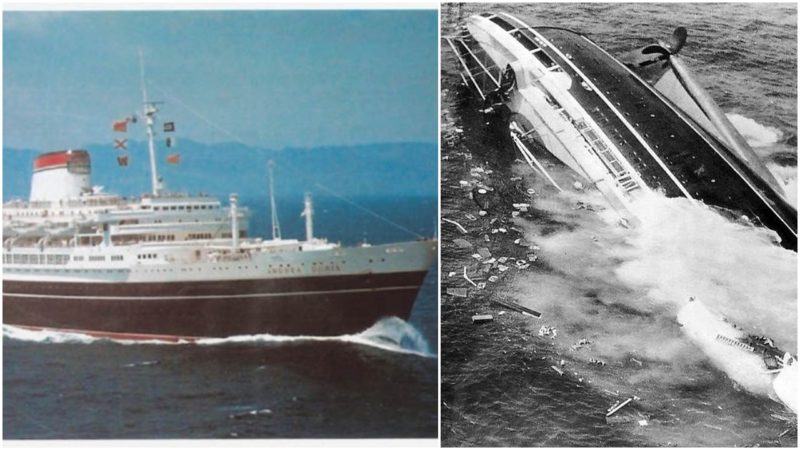For many, a trip on an ocean liner can mean a luxurious break from everyday life. SS Andrea Doria successfully provided a stylish and comfortable journey to a great number of passengers, but for some, a trip away resulted in a journey into inexplicable terror.
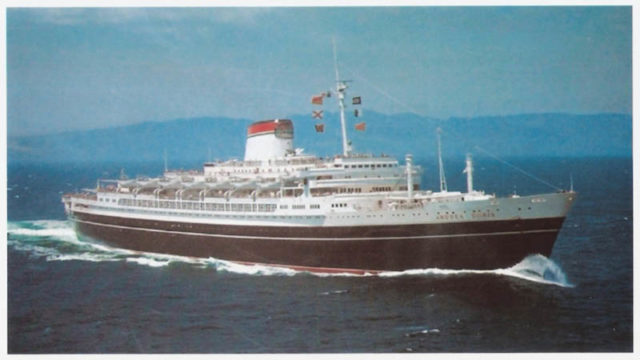
SS Andrea Doria was named after a 16th-century admiral who once lived in the city of Genoa, the sixth largest city in Italy. It was painted black and white, the same colors as Titanic, with a beam reaching 27 meters and weight of 29,000 GRT (Gross Register Tonnage), almost a quarter of the weight of modern ocean liner Royal Caribbean International.
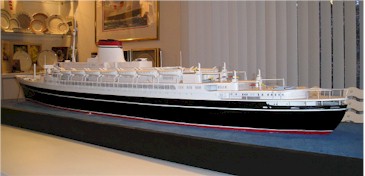
Construction began at the Ansaldo Shipyard. The ship was blessed by the Cardinal Archbishop of Genoa and christened by Mrs. Giuseppina Saragat, the wife of a former Minister of Merchant Marine.
The ship was capable of welcoming 1,200 passengers: 218 in first class and the rest in either cabin or tourist class. SS Andrea was declared to be among the safest ships of the time, a claim that later proved to be rather ironic.
SS Andrea was luxuriously equipped with swimming pools, enclosed promenades and hundreds of crew members. The décor, including a life-size statue of Andrea Doria, summated to costs of around $1 million. Only RMS Queen Mary, RMS Queen Elizabeth, and French ocean liner SS Normandie were comparable in style.
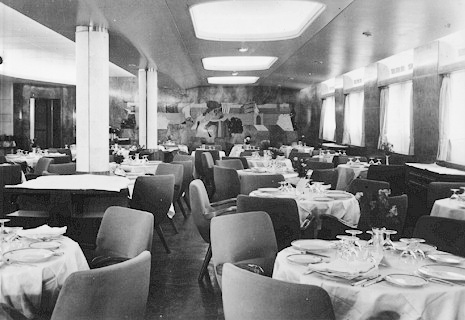
SS Andrea Doria was launched for the first time after the Second World War, in a patriotic attempt to show recovery from the years of torment in Italy. She touched water for the first time on 16th June 1951.

Despite her glowing launch, the vessel would go down in history for being responsible for the death of 46 people. On 17th July 1956, SS Andrea Doria left Genoa’s port for the final time.
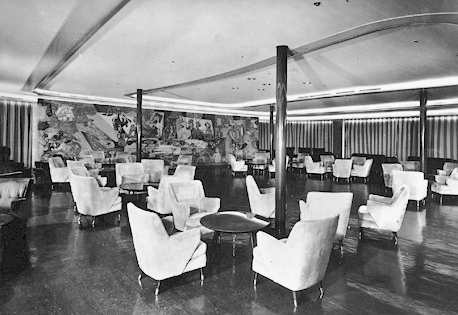
The trip was scheduled to last for nine days, during which time the ship would travel from Italy to America. Researchers claim that fog present around Nantucket Island was a defining factor in the sinking of the Titanic: together with the moonless night, it rendered the approaching iceberg invisible to the crew.
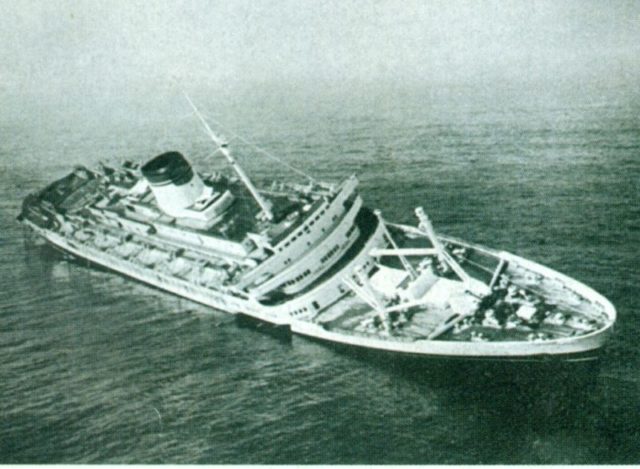
The fog is caused by the meeting of the Labrador current, which carries cold water, with the warmer currents of the Gulf Stream.
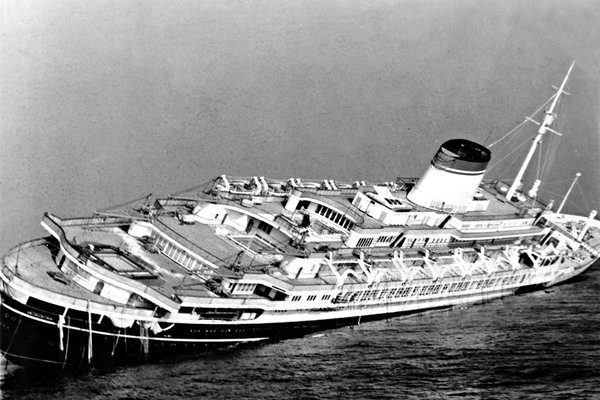
…a calm sea masked the line between the true and false horizons, camouflaging the iceberg. A Titanic lookout sounded the alarm when the berg was about a mile away—too late”, writes smithsonianmag.com.
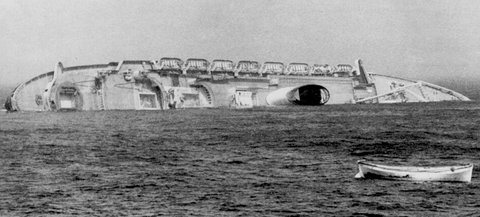
Unable to see clearly through the fog, the captain of SS Andrea Doria sounded the fog horn. But little did he know that following the same course was another ship: MS Stockholm.
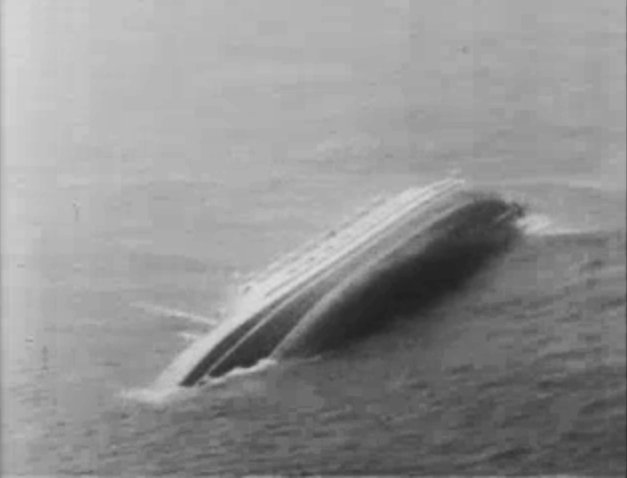
At a speed of 40 knots the two ships approached each other. By the time they were able to see each other through the thick fog, it was already too late. At exactly 11:10 PM the ocean liners collided and 46 passengers lost their lives, though luckily 1,660 passengers survived the collision.
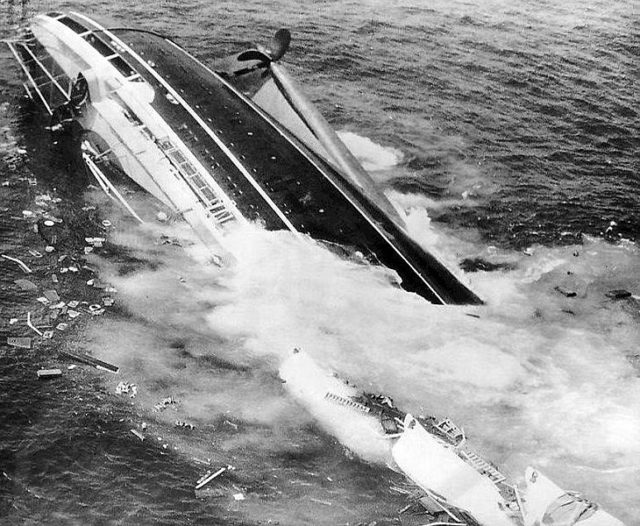
Today, SS Andrea Doria rests at the bottom of the ocean, where it remains as a monument for all those that never reached the end of their journey. This event was widely covered by the media, and an aerial photograph of the ship capsizing won the Pulitzer Price.
